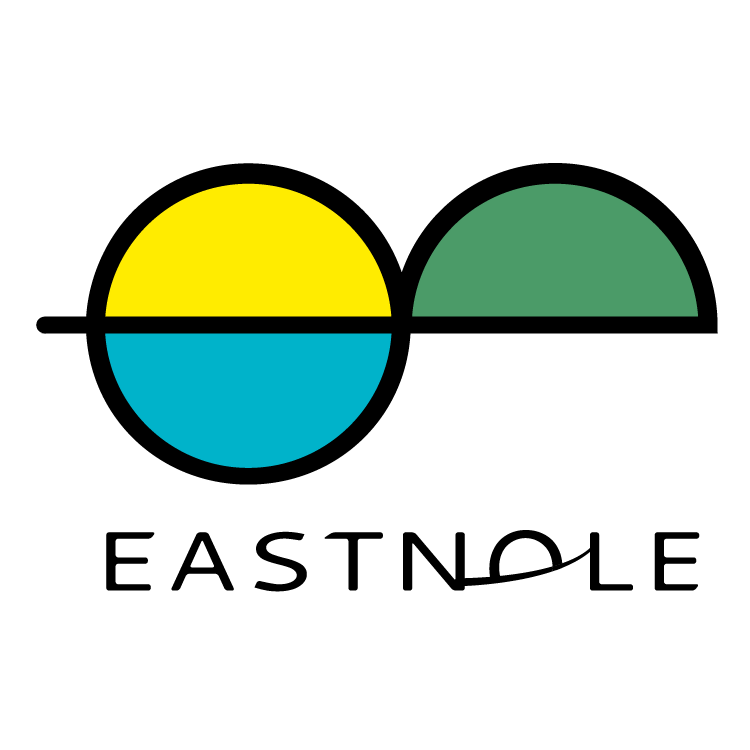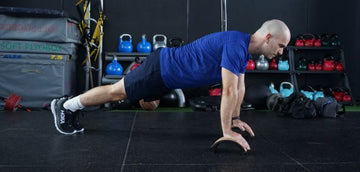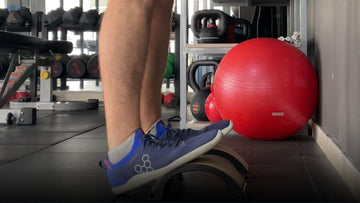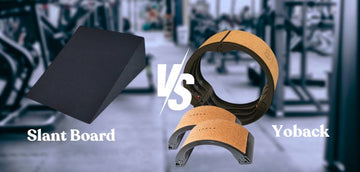The plank, often hailed as the ultimate core workout, has been a staple in fitness routines for years. But have you ever wondered about the transformative effects of daily planking? Dive into the world of planking benefits and discover why this simple exercise is a favourite among fitness enthusiasts.
Understanding the Plank
The plank is a full-body exercise that demands strength, endurance, and focus. Whether you're mastering the basic plank or exploring its numerous variations, this exercise offers a comprehensive workout without the need for gym memberships or expensive equipment.
The Benefits of Planking:
- Core Strength: Daily plank exercises ensure a robust core, enhancing your overall fitness performance and making daily tasks easier.
- Posture Perfection: With the rise of desk jobs and screen time, posture problems are more prevalent than ever. Regular planking can counteract this, improving spinal alignment and reducing back pain.
- Enhanced Flexibility: Contrary to its static nature, planking stretches and strengthens various muscle groups. This not only aids in flexibility but also reduces the risk of injuries.
- Mood and Mental Health: Physical activity triggers endorphin release, especially exercises like planking. This natural mood booster can be your daily dose of happiness and stress relief.
- Back Support: Incorporating planks into your fitness routine can be a game-changer for back health, offering both strength and support.
- Balance and Stability: Enhance your body's coordination and balance with regular planking, making activities like yoga or dance more accessible.
- Caloric Burn and Metabolism: While it's no HIIT workout, planking contributes to calorie burn and muscle building, boosting metabolism.
- Bone Health: As a weight-bearing exercise, planks promote bone health, reducing the risk of osteoporosis in the long run.
- Toning and Definition: Dreaming of a sculpted physique? Planks target multiple muscle groups, offering toning and definition with consistent practice.
Different Types of Planks and How to Master Them:
Standard Plank (Forearm Plank):
- How to: Begin by lying face down. Place your elbows directly beneath your shoulders and rise onto your toes. Keep your body in a straight line from your head to your heels.
- Benefits: This foundational plank strengthens the core, shoulders, and back.
Straight-arm Plank:
- How to: Start in a push-up position with your hands directly under your shoulders. Engage your core and ensure your body forms a straight line.
- Benefits: Similar to the forearm plank, the straight-arm plank emphasises the shoulders and arms more.
Side Plank:
- How to: Start on your side with one foot stacked on top of the other. Prop yourself up on one elbow (or hand for a more advanced version). Lift your hips off the ground, keeping a straight line from head to feet.
- Benefits: This variation targets the obliques and helps improve balance.
Reverse Plank:
- How to: Begin seated with your legs extended in front of you. Place your hands slightly behind your hips, fingers pointing towards your feet. Press through your palms and lift your hips and torso towards the ceiling.
- Benefits: The reverse plank focuses on the posterior chain, including the glutes, hamstrings, and lower back.
Plank with Leg Lift:
- How to: From a standard plank position, slowly raise one leg off the ground, keeping it straight. Hold for a few seconds, then switch legs.
- Benefits: This variation increases core engagement and challenges the glutes.
Plank with Arm Reach:
- How to: From the forearm or straight-arm plank position, extend one arm straight in front of you. Hold for a few seconds, then switch arms.
- Benefits: This dynamic movement enhances shoulder strength and further challenges core stability.
Spiderman Plank:
- How to: Begin in a straight-arm plank. As you maintain the plank position, draw one knee towards the corresponding elbow. Return to the starting position and repeat on the other side.
- Benefits: This plank variation targets the obliques and adds a dynamic element to the exercise.
Plank to Push-up:
- How to: Start in a forearm plank. Push from your elbows, placing one hand on the ground, then the other, transitioning into a straight-arm plank. Reverse the movement to return to the forearm plank.
- Benefits: This compound movement engages both the core and upper body, offering a more intense workout.
Common Planking Mistakes and How to Avoid Them
Proper form is paramount. Ensure your body maintains a straight line, avoiding any sagging or arching. Regularly check your form, and consider recording yourself or seeking feedback. Remember, it's quality over quantity. Even a 30-second plank with perfect form is more beneficial than a longer plank done incorrectly.
Incorporating Planks into Your Routine
Starting with the basic plank position, gradually introduce variations like the side plank, reverse plank, or plank with leg lifts. These not only add variety but also target different muscle groups. For those looking to intensify their plank workouts, consider adding dynamic movements or incorporating props like stability balls.
The 30-Day Plank Challenge
Challenge yourself with a month-long plank journey. Begin with short intervals, adding a few seconds daily. Track your progress, celebrate your milestones, and witness the transformative effects on your body and mind.
How to Use The Yoback For Planks
The Yoback is an excellent tool for helping to level up on your plank game, and it's perfect for people with wrist injuries. The ergonomic shape of the individual pieces allows for a neutral wrist position, reducing the strain that can occur when the wrist is hyperextended in a traditional plank. The slight elevation and instability of being higher up off the ground also requires additional core engagement to maintain balance and form.















